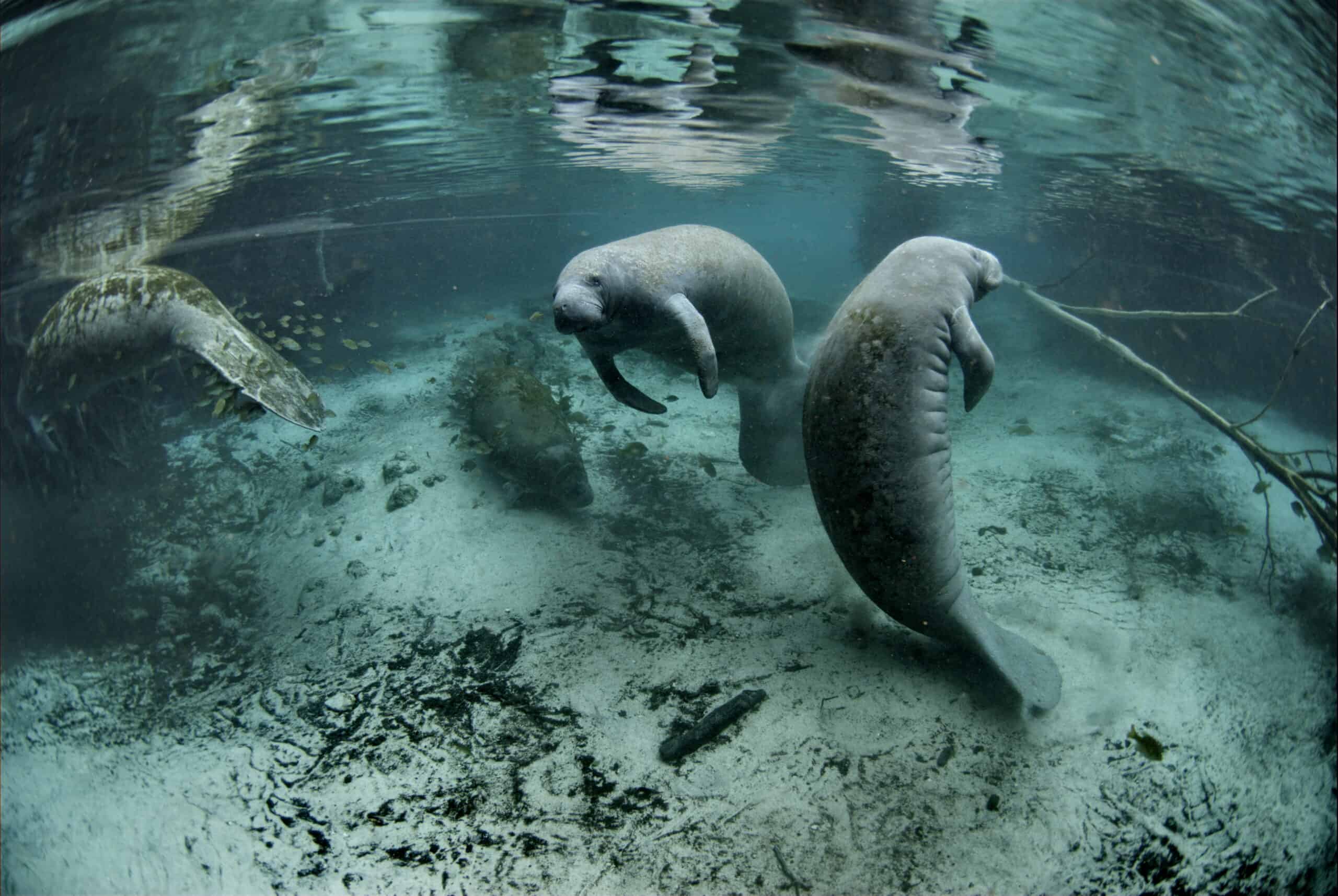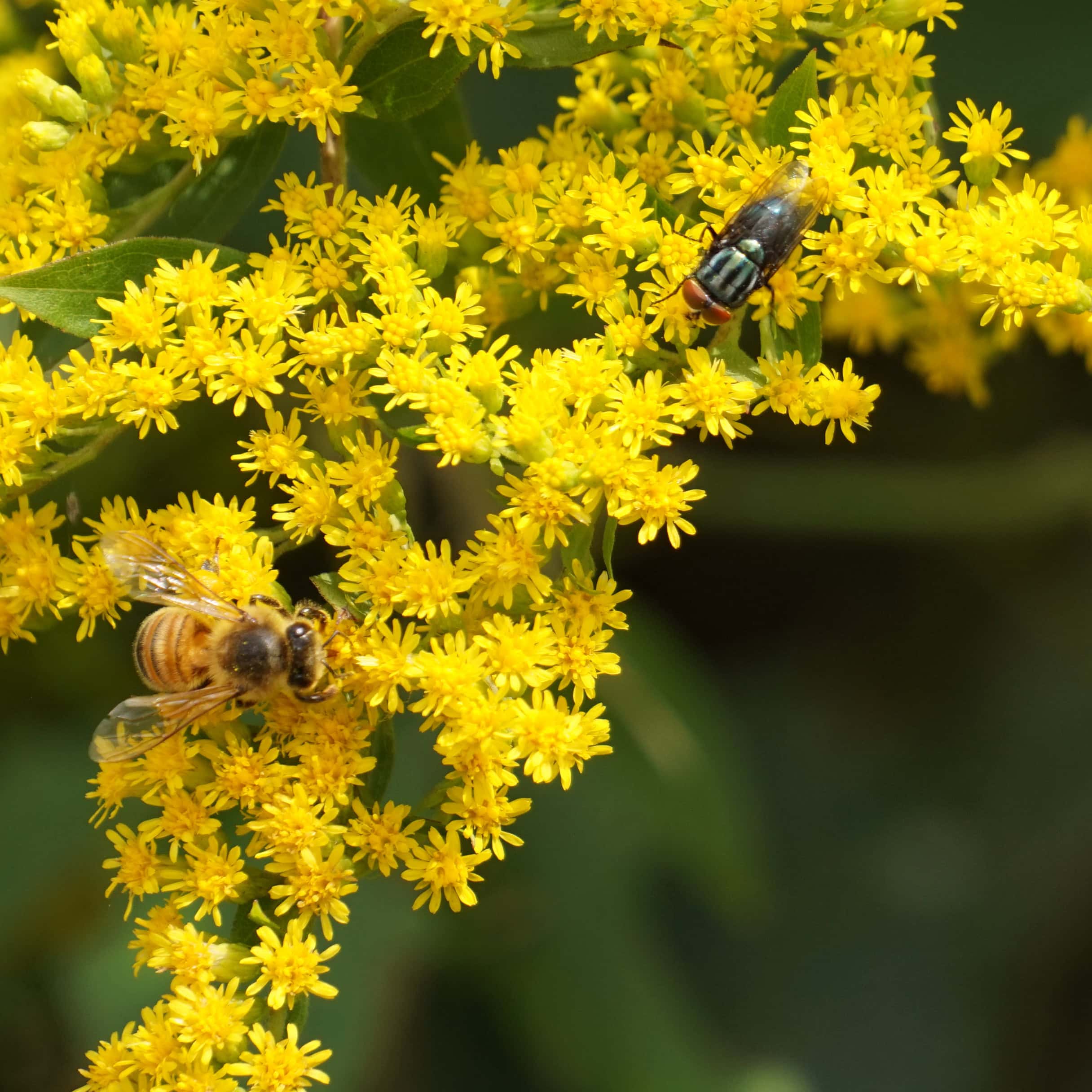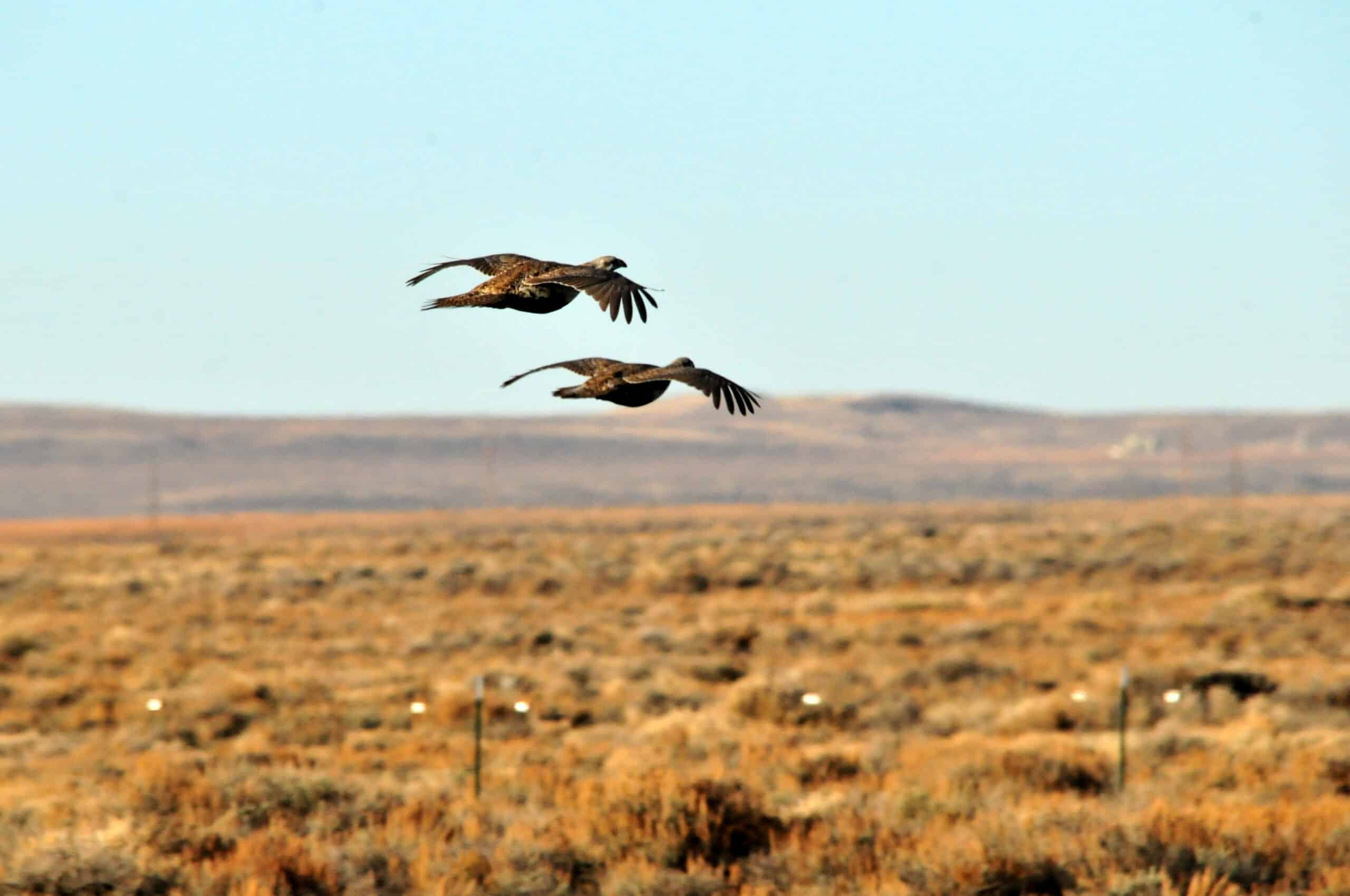Share this article
Wildlife Featured in this article
- Greater sage-grouse
BLM begins conservation planning updates for greater sage-grouse
Proposed Greater Sage-Grouse Rangewide Resource Management Plan Amendment aims to bolster the species’ conservation efforts
The Bureau of Land Management is addressing the urgent need to conserve greater sage-grouse habitat across public lands in the western United States.
In doing so, the agency has released its draft Resource Management Plan Amendment (RMPA) and Environmental Impact Statement for greater sage-grouse (Centrocercus urophasianus) planning.
The RMPA will address updates to Resource Management Plans (RMPs) across California, Colorado, Idaho, Montana, Nevada, North Dakota, Oregon, South Dakota, Utah and Wyoming.
This comprehensive planning effort comes in response to mounting concerns over the decline of the sagebrush ecosystem and the corresponding threats to greater sage-grouse populations in the 10 western states that are getting updated RMPs.
The sagebrush ecosystem is not only vital for the iconic greater sage-grouse, but also serves as a critical refuge for a diverse array of wildlife and plant species. This expansive landscape plays a fundamental role in maintaining biodiversity, supporting pollinator populations, and preserving unique plant communities. Greater sage-grouse have been adversely impacted by habitat loss and fragmentation, invasive species, wildfires and increasing energy development across their range.
“It’s been called the icon of the West. It is a flagship for the West and what the West stands for: open public lands, wide open spaces, and room for everyone to recreate and live,” said Alison Holloran, the executive director of Audubon Rockies and a vice president of the National Audubon Society. “I look at sage-grouse as the proverbial canary in the coal mine for our western ecosystems. As the sage-grouse goes, a lot of our western landscapes, particularly the sagebrush, will go that way as well.”
The current proposed amendments outlined in the draft RMPA aim to address several key objectives. These objectives include clarifying overall sage-grouse and habitat management goals, enhancing greater sage-grouse habitat quality, implementing mitigation measures to counteract habitat impacts, and establishing disturbance caps. Additionally, the plan includes provisions to manage energy development with the goal of minimizing its impact on habitat. Given the rise in renewable solar energy projects on public lands in the western region of the U.S., mitigating habitat loss resulting from such projects remains a pressing concern.
The draft RMPA presents six options to consider for greater sage-grouse management and conservation, as required by the National Environmental Policy Act (NEPA). These alternatives range from re-adopting previous management measures to implementing more stringent measures, including designating Priority Habitat Management Areas (PHMA) and Areas of Critical Environmental Concern (ACEC). The EIS/NEPA process ensures that environmental considerations are thoroughly evaluated and public input is solicited before final decisions are made.
“Everyone’s got to pay attention. Everyone has a role to play. I don’t think one conservation organization, not one federal agency—you name it—can take the load for the sage-grouse to be conserved,” Holloran said. “For this bird to be conserved, it is going to take a holistic and partnership approach, and I’m really hoping that people will continue to come together and do that.”
The proposed RMPA represents the next step in a series of ongoing conservation efforts for greater sage-grouse and their habitat. It builds upon the foundation the BLM laid in its 2015 Sage Grouse Conservation Plan, which established a landscape-scale approach to protecting and restoring sagebrush habitat across approximately 67 million acres and 10 western states.
The last updates to the Sage Grouse Conservation Plan were court-ordered in 2019, a significant development in the management of the species following extensive consultation and input from stakeholders representing federal and state agencies, industry, conservation organizations, Tribes and local communities. These updates aimed to enhance the effectiveness of conservation measures outlined in the original plan, incorporating new scientific findings, adaptive management strategies, and collaborative partnerships to address emerging threats to sage-grouse habitats.
The Wildlife Society and its network of affiliated chapters and sections have a longstanding record of engagement with policies impacting sage-grouse management and wildlife professionals working in the sagebrush ecosystem.
TWS submitted comments over a decade ago to the U.S. Forest Service and the BLM to inform the incorporation of sage-grouse management needs in range-wide management planning. TWS has consistently advocated for science-based conservation strategies for the species and sagebrush habitat. The Society has also engaged in advisory board meetings and supplied testimony to provide expert insights and recommendations for effective management practices for sage-grouse. Notably, TWS has actively opposed legislative riders that could compromise sage-grouse conservation efforts, as exemplified by letters of opposition to sage-grouse-related provisions included in bills such as the National Defense Authorization Act.
Chapters of The Wildlife Society have been instrumental in expressing concerns and providing input on sage-grouse management plans, ensuring that the expertise of wildlife professionals working to conserve greater sage-grouse and sagebrush habitat on the ground is considered in conservation decision-making processes. TWS staff plan to facilitate participation from affected units and relevant working groups to provide comprehensive and informed comments to the BLM regarding the draft EIS.
Header Image: Greater sage-grouse are illuminated on a lek by sunrise over the Wind River Reservation in Wyoming. Credit: Jennifer Strickland








